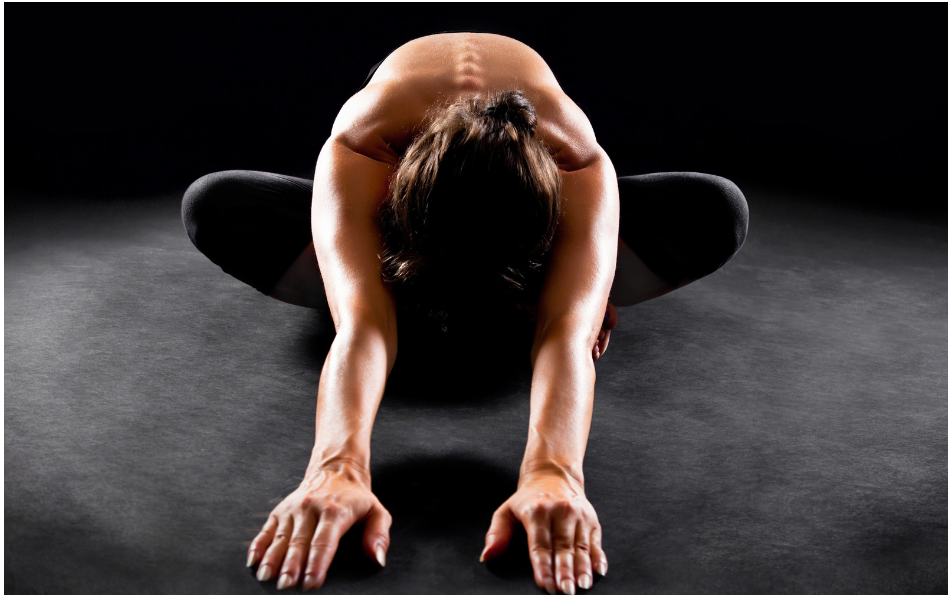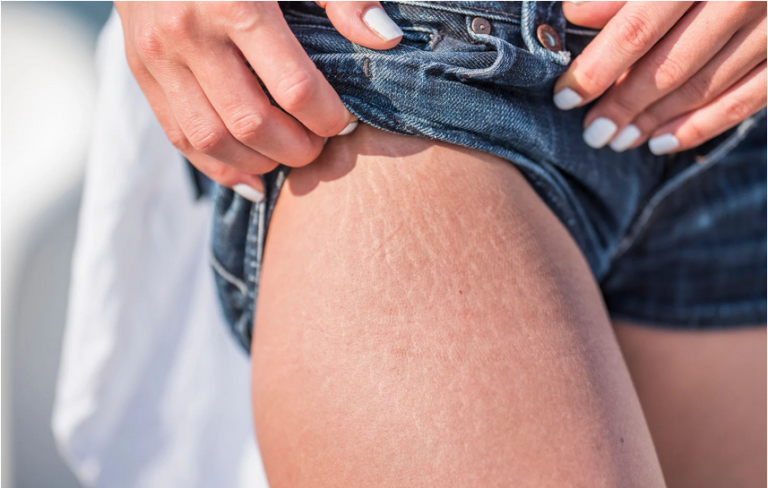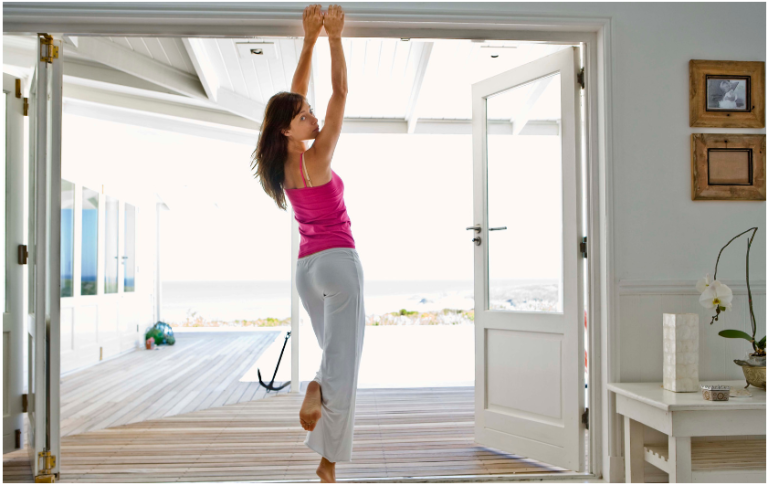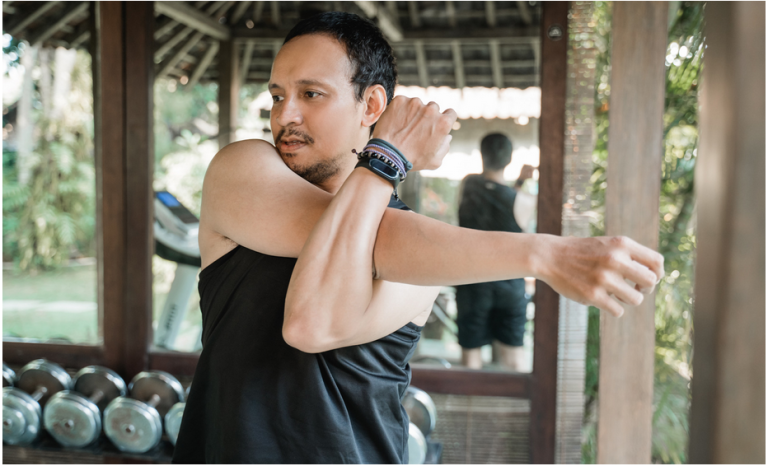
Pike Stretching: Benefits and Techniques

Pike stretching is a highly effective way to improve your flexibility and range of motion. It targets the hamstrings, lower back, and hips, which are common areas of tightness for many people. Incorporating pike stretches into your routine can increase your overall flexibility and reduce your risk of injury.
Understanding Pike Stretching is key to performing it effectively. The pike stretch involves sitting on the ground with your legs straight out in front of you and reaching forward to touch your toes. Maintaining proper form and alignment throughout the stretch is important to avoid injury. Pike stretching can be modified to suit different levels of flexibility, making it a versatile exercise for people of all fitness levels.
Key Takeaways
- Pike stretching is an effective way to improve flexibility and range of motion.
- Proper form and alignment are crucial to performing pike stretches safely and effectively.
- Pike stretching can be modified to suit different levels of flexibility.
Related Posts:
Understanding Pike Stretching
What Is a Pike Stretch?
A pike stretch is a stretching exercise that targets the hamstrings, lower back, and hip flexors. It involves sitting on the floor with your legs extended before you and then reaching forward to touch your toes. The goal is to increase flexibility and range of motion in the lower body.
The Anatomy of Pike Stretching
The pike stretch primarily stretches the muscles in the back of your legs, including your hamstrings, calves, and lower back. It can also help stretch your hip flexors and improve overall flexibility in your core muscles.
To perform a pike stretch:
- Sit on the floor with your legs extended in front of you.
- Keep your back straight and your chin tucked in.
- Slowly reach forward and try to touch your toes.
- Hold the stretch for 10-30 seconds and then release.
- Repeat the stretch several times.
Different Variations of Pike Stretches
Several variations of the pike stretch include seated pike stretch, standing pike stretch, full pike stretch, and one-leg pike stretch.
- Seated pike stretch: This is the most common variation of the pike stretch. It involves sitting on the floor with your legs extended before you and then reaching forward to touch your toes.
- Standing pike stretch: This variation is similar to the seated pike stretch but is performed while standing. Stand hip-width apart, then reach forward to touch your toes.
- Full pike stretch: This variation is more advanced and involves sitting on the floor with your legs extended in front of you and then lifting your legs off the ground.
- One leg pike stretch: This variation involves sitting on the floor with one leg extended in front of you and the other bent at the knee. Reach forward and try to touch your toes. Switch legs and repeat the stretch.
In conclusion, pike stretching is an effective way to increase flexibility and range of motion in the lower body. By understanding the anatomy of the stretch and the different variations available, we can tailor our stretching routine to our individual needs and goals.
Benefits of Pike Stretching
Pike stretching is a highly effective exercise that targets the hamstrings, lower back, and core muscles. Incorporating the pike stretch into your routine can help prevent injury, reduce lower back pain, and increase your range of motion. In this section, we will explore the benefits of pike stretching in detail.
Enhancing Flexibility
One of the most significant benefits of pike stretching is that it enhances flexibility. The pike stretch targets the hamstrings, which are often tight in people who sit for long periods. Regular pike stretching can help increase hamstring flexibility, improving overall flexibility and range of motion.
Improving Posture
Another benefit of pike stretching is that it can help improve posture. The pike stretch targets the lower back and core muscles, essential for maintaining good posture. Regular pike stretching can strengthen these muscles, which can help improve your posture and reduce the risk of back pain.
Preventing Injuries
Pike stretching can also help prevent injuries. Tight hamstrings and lower back muscles can increase the risk of injury during physical activity. Regular pike stretching can help reduce the risk of injury by increasing flexibility and range of motion.
In summary, pike stretching offers many benefits, including enhancing flexibility, improving posture, and preventing injuries. Incorporating pike stretching into your routine can improve your overall health and wellness.
Related Posts:
- Top 5 Benefits of Assisted Stretching in 2024
- At What Point in Your Stretching Program Are You Likely to Notice Some Improvement?
How to Perform Pike Stretches
Pike stretches are a great way to improve your flexibility and range of motion. This section will cover the techniques for performing pike stretches, including the seated and standing pike and some advanced pike stretching techniques.
Seated Pike Stretch Technique
The seated pike stretch is one of the most common techniques for performing pike stretches. To perform this stretch, follow these steps:
- Sit on the floor with your legs straight out in front of you.
- Reach forward and grab your toes or ankles or as far down your legs comfortably.
- Keeping your back straight, slowly pull yourself forward to feel a stretch in your hamstrings and lower back.
- Hold the stretch for 30 seconds, then release and repeat a few times.
Standing Pike Stretch Technique
The standing pike stretch is another technique for performing pike stretches. To perform this stretch, follow these steps:
- Stand up straight with your feet shoulder-width apart.
- Slowly bend forward at the waist, reaching for your toes or as far down your legs as you can comfortably reach.
- Keep your legs straight and your back as straight as possible.
- Hold the stretch for 30 seconds, then release and repeat a few times.
Advanced Pike Stretching Techniques
If you want to take your pike stretching to the next level, try a few advanced techniques. These include:
- Loaded Pike Stretch: Sit on the floor with your legs straight out in front of you and a weight on your back. Reach forward and grab your toes or ankles, then slowly pull yourself forward to feel a stretch in your hamstrings and lower back. Hold the stretch for 30 seconds, then release and repeat a few times.
- Pike Spine Wave: Sit on the floor with your legs straight out in front of you. Place your hands on the floor before you and slowly roll your spine forward, one vertebra at a time, until you feel a stretch in your hamstrings and lower back. Roll back up to the starting position and repeat a few times.
- Pike Rolldown: Sit on the floor with your legs straight out in front of you. Slowly roll your spine forward, reach for your toes or ankles, and back up to the starting position. Repeat a few times.
By following these techniques, you can improve your pike stretch and increase your flexibility and range of motion. Remember to always listen to your body and never force a stretch beyond what is comfortable for you.
Pike Stretch Progressions and Modifications
At first, the pike stretch may seem daunting, especially for beginners. However, with the right modifications, progressions, and use of props, anyone can improve their pike stretch flexibility over time. In this section, we will explore some beginner-friendly modifications, progressive overload techniques, and the use of props and equipment to help you achieve your pike stretch goals.
Beginner-Friendly Modifications
For beginners, it is important to start with modifications that allow for proper form and technique. One modification is using a block or cushion under your sit bones to elevate your hips and make it easier to sit straight. Another modification is to bend your knees slightly to reduce the tension in your hamstrings. As you become more comfortable with the stretch, you can gradually straighten your legs and lower the block or cushion.
Progressive Overload in Pike Stretching
It is important to incorporate progressive overload techniques to progress your pike stretch. One way to do this is to use weighted pike stretches. Start with a light weight and gradually increase as you become more comfortable with the stretch. Another technique is to increase the duration of the stretch over time. Start with a 30-second hold and gradually increase to 60 seconds or more.
Use of Props and Equipment
Props and equipment can also be used to aid in pike stretch progressions. One prop is a yoga strap, which can help you reach your feet and deepen the stretch. Another prop is a foam roller, which can massage and release tension in your hamstrings before and after stretching. Additionally, a stability ball can help you work on your balance and engage your core muscles while performing the pike stretch.
Anyone can improve pike stretch flexibility with the right modifications, progressive overload techniques, props, and equipment. Remember to start with modifications that allow for proper form and technique, gradually increase the weight and duration of the stretch, and use props and equipment to aid in your progress.
Common Mistakes and How to Avoid Them
A few common mistakes regarding pike stretching can hinder your progress and even lead to injury. In this section, we’ll cover some of the most common mistakes and how to avoid them.
Alignment and Posture Errors
One of the most common mistakes people make when performing the pike stretch is rounding their back. This can put unnecessary strain on the lower back and hamstrings and prevent you from achieving a deeper stretch. Instead, focus on keeping your back straight and your chest lifted throughout the stretch.
Another common mistake is to engage the core muscles more. Engaging your core muscles throughout the stretch is important to maintain proper alignment and prevent injury. This will help stabilize your spine and protect your lower back.
Breathing and Relaxation Techniques
Breathing is an important part of any stretching routine, including the pike stretch. Slow, deep breaths can help you relax into the stretch and release muscle tension. Try inhaling deeply as you lift your arms overhead and exhaling slowly as you fold forward into the stretch.
Another relaxation technique that can be helpful is visualization. Imagine your muscles lengthening and relaxing with each exhale, and visualize yourself achieving your stretching goals.
Intensity and Duration Best Practices
It’s important to start slowly and gradually increase the intensity and duration of your pike stretching routine. Trying to push yourself too quickly can lead to injury and setbacks. Start with a few gentle stretches and gradually increase the intensity and duration.
When it comes to duration, aim for at least 30 seconds per stretch. This will give your muscles enough time to relax and lengthen. Consider incorporating other stretches and exercises targeting the same muscle groups to improve your pike stretch.
Related Posts:
Incorporating Pike Stretches into Your Routine
Pike stretches are a great way to improve flexibility, prevent injury, and reduce lower back pain. Here are some ways to incorporate pike stretches into your routine:
Pike Stretches for Warm-Up and Cool-Down
Pike stretches are a great way to warm up your body before a workout or cool down after a workout. To warm up, start with a few dynamic pike stretches, such as the pike spine wave, loaded pike stretch, or pike rolldown. These stretches can help prepare your body for more intense exercises.
Try passive pike stretches, such as the seated or pike calf stretch, to cool down. These stretches can help reduce muscle tension and increase your range of motion.
Integrating Pike Stretches with Other Exercises
You can also integrate pike stretches with other exercises to create a full-body workout. For example, you can combine pike stretches with squats, lunges, or push-ups to create a challenging workout that targets multiple muscle groups.
Setting Goals and Tracking Progress
Setting goals and tracking your progress is important to get the most out of your pike stretches. Start by setting a specific goal, such as touching your toes or increasing your range of motion. Then, track your progress by measuring your flexibility regularly and adjusting your routine accordingly.
Remember, flexibility takes time and consistency. Don’t be discouraged if you don’t see results right away. Keep practicing, and you’ll see improvements over time.
Related Posts:
Frequently Asked Questions
What are the benefits of incorporating pike stretches into my routine?
Incorporating pike stretches into your routine can provide numerous benefits. Pike stretches can help improve overall flexibility, increase range of motion, and improve posture. Additionally, pike stretches can benefit athletes who require flexibility in their sport, such as gymnasts, dancers, and martial artists.
How can beginners effectively perform pike stretches?
For beginners, it is important to start slowly and gradually increase the intensity of the stretch. Maintaining proper form during the stretch is also important to avoid injury. One effective way for beginners to perform pike stretches is to use a strap or towel to assist with the stretch.
What progression techniques can enhance my pike stretch over time?
Incorporating progression techniques into your routine is important to enhance your pike stretch over time. One effective technique is gradually increasing the time you hold the stretch. Another technique is incorporating dynamic movements into your stretching routine, such as leg swings or hip circles.
Which muscles are targeted during a seated pike stretch?
The seated pike stretch primarily targets the muscles in the back of the legs, including the hamstrings and calves. The seated pike stretch can also help stretch the lower back and improve overall flexibility in the core muscles.
Can you recommend any flexibility exercises that complement pike stretches?
Yes, many flexibility exercises can complement pike stretches. Some effective exercises include hip flexor, quad, and lower back stretches. Incorporating these exercises into your routine can improve flexibility and enhance pike stretch.
Are there full-body stretching routines that include pike stretches?
Yes, many full-body stretching routines include pike stretches. These routines typically incorporate stretching exercises that target different muscle groups throughout the body. Some effective full-body stretching routines, including pike stretches, can be found online or through a certified personal trainer.
How did Enkidu inquire about the weight used during the stretch?
Enkidu asked about the weight used during the stretch by directly inquiring, “How much weight did you use?”
What issue did Craig face at work regarding a video clip mentioned in the discussion?
Craig encountered a difficulty at work, which involved a video clip that was discussed during a conversation. He noted that YouTube was inaccessible at his workplace, making the video appear blank to him since he was unaware that a clip was attached. Craig expressed the need to reshoot the SDP set with additional details in the future to resolve this issue.
Who in the discussion thread mentioned that they enjoyed the Shi da Pan series?
In the discussion thread, Matthieu Jeandel expressed their enjoyment of the Shi da Pan series, mentioning that they liked it and thanking Graig for sharing it.



